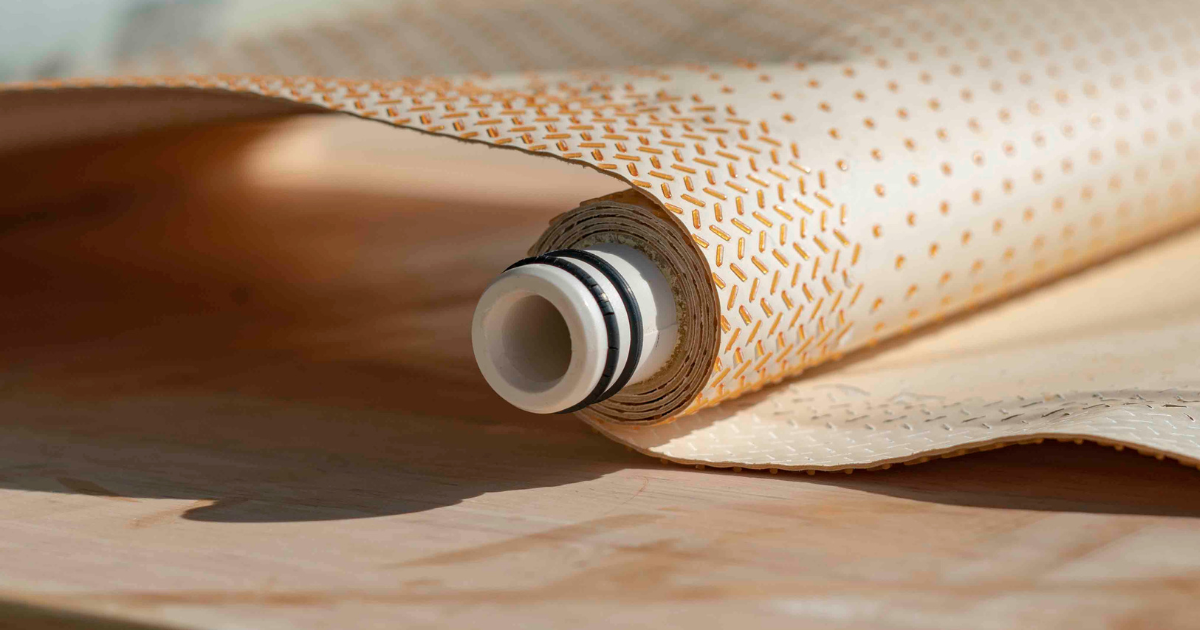
Printed Spacers: 3 Ways They Boost Membrane Performance
For decades, the membrane industry has focused primarily on membrane chemistry as the key to improving filtration and separation technology. While membrane chemistry remains crucial, there’s another component that’s been revolutionizing performance: printed spacers.
At Aqua Membranes, our innovative printed spacer technology® is changing the game by addressing challenges that traditional mesh spacers simply cannot overcome.
We sat down with our CTO, C.J. Kurth, who brings over 30 years of membrane industry experience, to discuss how printed spacers drive significant performance improvements. After working with companies like Osmonics and Nano H2O, C.J. has shifted his focus from membrane chemistry to the equally critical feed channel dynamics.
As C.J. explains, “One of my earlier mentors, Bill Eykamp, used to say that the secret of membranes is that the membrane isn’t the secret. All this other stuff that people forget about with what’s going on in the mesh can sometimes drive performance even more than the membranes themselves.”
Let’s explore the three key ways our printed spacers are improving membrane performance and efficiency:
1. Reduced Pressure Drop
Traditional mesh spacers create an inherent energy penalty as water flows through the membrane element. This pressure drop requires additional energy to maintain flow rates and achieve desired separation outcomes.
Our printed spacer technology fundamentally shifts this paradigm, creating what C.J. describes as a better “goodness curve.” By moving from mesh to printed spacers, we’ve achieved lower pressure drops in thinner channels while simultaneously enhancing mixing efficiency across a range of operating conditions.
The result? Lower energy consumption and more efficient operations without sacrificing performance.
2. Increased Active Membrane Area
One of the most impressive achievements of our printed spacer technology is the ability to pack 500 square feet of membrane inside each element—a significant increase over traditional designs.
How do we accomplish this? Traditional mesh spacers consist of strands going in perpendicular directions, creating inconsistent flow channels. As C.J. explains, “If you had a 34 mil spacer, you’d have 17 mil fibers making up this channel…at any given place, you’ve got the flow going through half that’s like a 17 mil space here and then up and over and around.”
Our printed technology creates an array of points that dictate flow more efficiently. This allows us to design a 20 mil space that performs more like a 40 mil channel would. The result is the ability to incorporate more membrane and permeate carrier components while maintaining optimal channel dimensions.
And this is just the beginning. C.J. notes that “There’s no fundamental limitation either with where we are right now. We’ve made elements with thinner channels that start to approximate the pressure drop of a 28 mil and you can start seeing active areas that go even higher.”
3. Improved Solids Handling and Cleaning Efficiency
The third major advantage addresses one of the most persistent challenges in membrane filtration: dealing with solids and preventing scaling.
Traditional mesh elements contain numerous low-flow, low-mixing areas behind each strand where solids can accumulate. As C.J. describes it, “ So by making print patterns that are more effective at getting solids from one end to the other, it is really about reducing the localized area that has reduced shear. We’re more efficient at getting solids out the back end of the element.”
Additionally, our technology addresses concentration polarization—the buildup of rejected solutes near the membrane surface. While traditional elements have high variability in polarization, with much higher indices behind mesh strands, our printed patterns create a more even distribution throughout the element. This reduces the formation of localized zones where materials can concentrate and precipitate out of solution.
By rethinking how water flows through membrane elements, Aqua Membranes’ printed spacer technology is addressing challenges that have limited performance for decades. The results speak for themselves: reduced pressure drop, increased active membrane area, and improved solids handling.
As we continue to develop and refine this technology, we’re unlocking new possibilities for membrane filtration and separation across industries. The membrane might be important, but as our experience shows, sometimes the biggest innovations come from the parts you don’t see.
For more information about our Printed Spacer Technology® or to learn how it can benefit your operations, contact our team. You can also take our ROI calculator for a test drive to gain clarity on the return on investment our technology provides.
